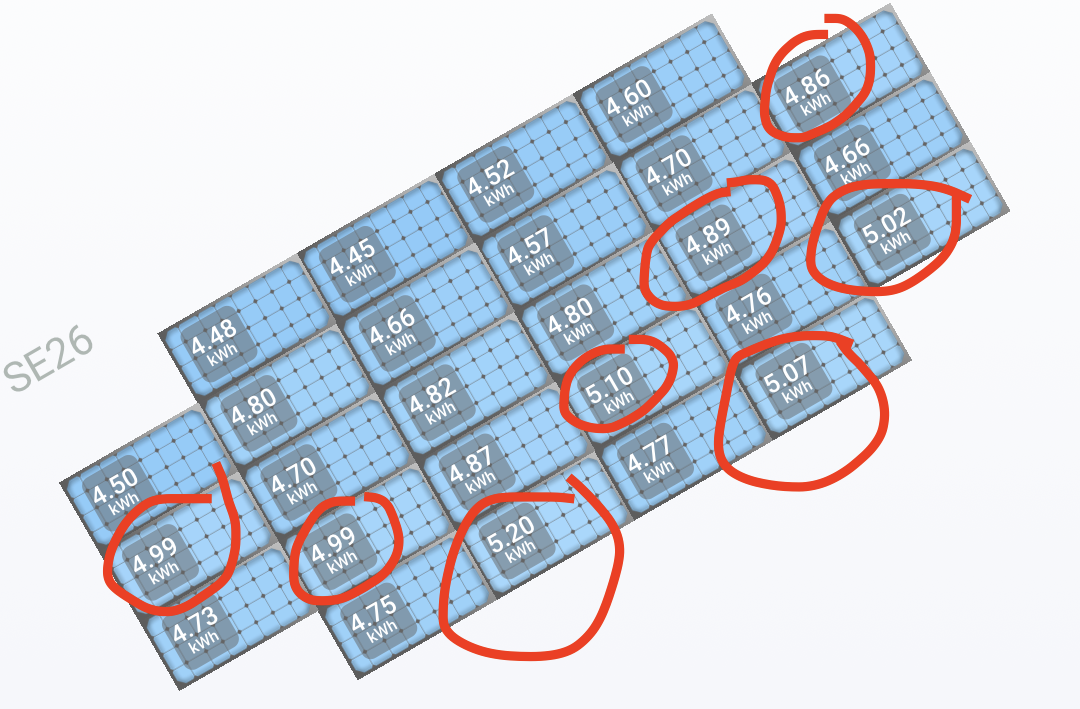Solar Panel A/B Testing
About a week and a half ago I got an email from the electric company called “Energy Use Alert” letting me know that so far I had used $5.18 worth of electricity during the billing cycle and that my monthly bill was projected to be somewhere between $8.80 and $11.90. This email included a helpful tip: “Want to lower your bill? Reduce your electricity use during On-Peak hours.”
I have a ground-based solar array with 26 panels, and they are filthy. I suspected that washing the solar panels would do more for my electric bill than avoiding using appliances at dinner time.
A quick review of the internet told me that solar panel washing is a scam. You should not pay someone to wash your solar panels because it does not help. Washing solar panels leads to a 1-2% improvement, maybe 3% if they are really dirty.
This seemed preposterous to me, as there is very obviously a whole bunch of opaque dirt and bird crap between my solar panels and the sun. I see a daily dip in production when the earth arranges itself so that there is a tree between the solar panels and the sun, and the tree is not particularly large nor particularly near the solar panels. Temporary tree-shade is a bigger problem than persistent dirt?
This, of course, meant that I needed to test my hypothesis. I got some distilled water and a window-washing doohickey and started washing half the panels. Sadly, I am not tall enough to reach all of them, so I ended up washing almost a third of the panels.

In order to compare the performance of the washed ones to the unwashed ones, I did my split as a checkerboard because it would be a bad idea to only wash the ones that are shaded by the tree. I washed them on June 30, so the July report for energy produced to date is going to give a good sense of the difference in production between the clean panels and the dirty ones. I’ve circled the clean ones.

The sample size is small enough that I’m not going to bother to calculate a confidence interval for how much better the clean ones are doing than the dirty ones. Back of the envelope, I’m pretty comfortable saying that I’m seeing a roughly 5% improvement in production due to cleaning. The best improvment from dirty -> clean come from the part of the array that doesn’t get shaded by the tree.
Like many good A/B tests, I have a pretty strong takeaway here: I need to get out the ladder and clean the rest of the solar panels.